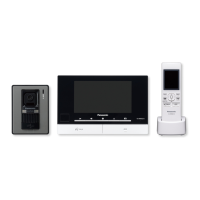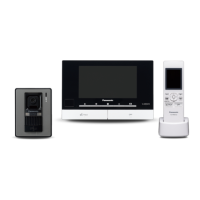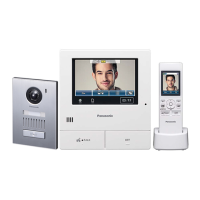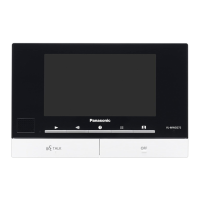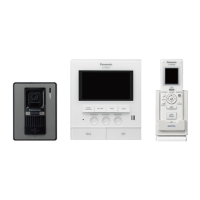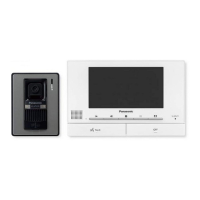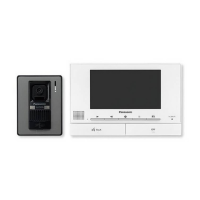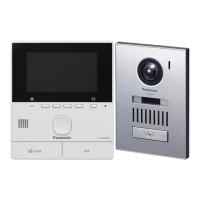Operating Instructions
Thank you for purchasing a Panasonic product.
Please read this document before using the product and save it for future reference.
Installation Guide is supplied separately.
This system is an auxiliary system; it is not designed to provide complete protection from property loss. Panasonic will not be
held responsible in the event that property loss occurs while this system is in operation.
VL-MWD272
VL-SWD272
VL-SVD272
Model Name
Model No.
Video Intercom System
Wireless Video Intercom System
Main Monitor Station
